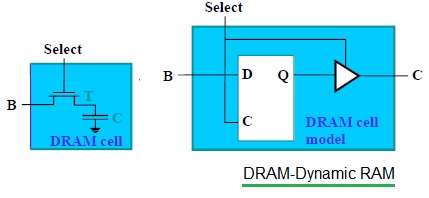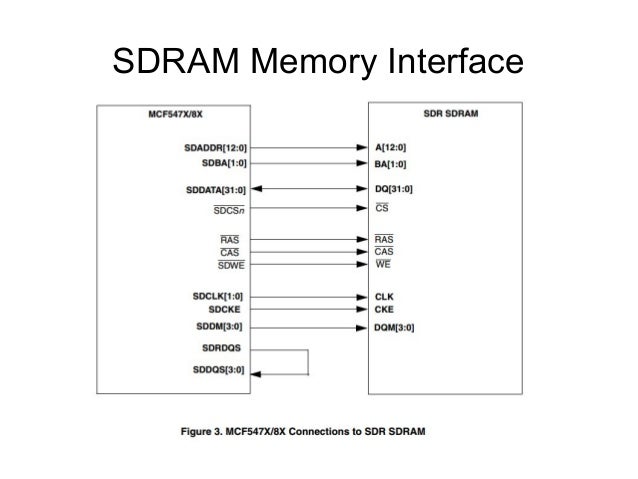Sdram Vs Dram. In the synchronous mode all operations (read, write, refresh) are controlled by a system clock. DRAM Dynamic random-access memory (DRAM) is a type of storage that is widely used as the main memory for a computer system.

SDRAM usually refers to first generation synchronous DRAM, which is slower than subsequent generations (DDR) because only one word of data is transmitted per clock cycle (single data rate).
When talking about SDRAM vs DRAM, history needs to be mentioned.
SDRAM - Synchronous Dynamic Random Access Memory (SDRAM) is a type of DRAM that synchronizes with the CPU's clock cycles, so the memory controller knows exactly when requested. The information stored in this type of memory is lost when the power supply to the PC or laptop is. Before learning about SDRAM and DRAM first, we need to understand about the RAM.







